What to Do and Not Do in Italy
Are you thinking about visiting Italy this year? Well, if you’re reading this article, you’re in luck — because I’m going to give you five important tips to keep in mind for your trip to Italy.
- Don’t Drive in Italy
If you’re looking for a relaxed vacation in Italy, I don’t recommend driving there. Italians drive like they feel — with intensity and no brakes. Traffic laws are loosely followed, and depending on the area, you might witness more than one accident.
The northern region of Italy is much calmer and more responsible, where people drive more carefully and don’t park just anywhere. But if you’re planning to drive in the south or in Rome itself, we don’t recommend it. Public transportation is reliable, and there’s no need to add that kind of stress to your trip — trust me!
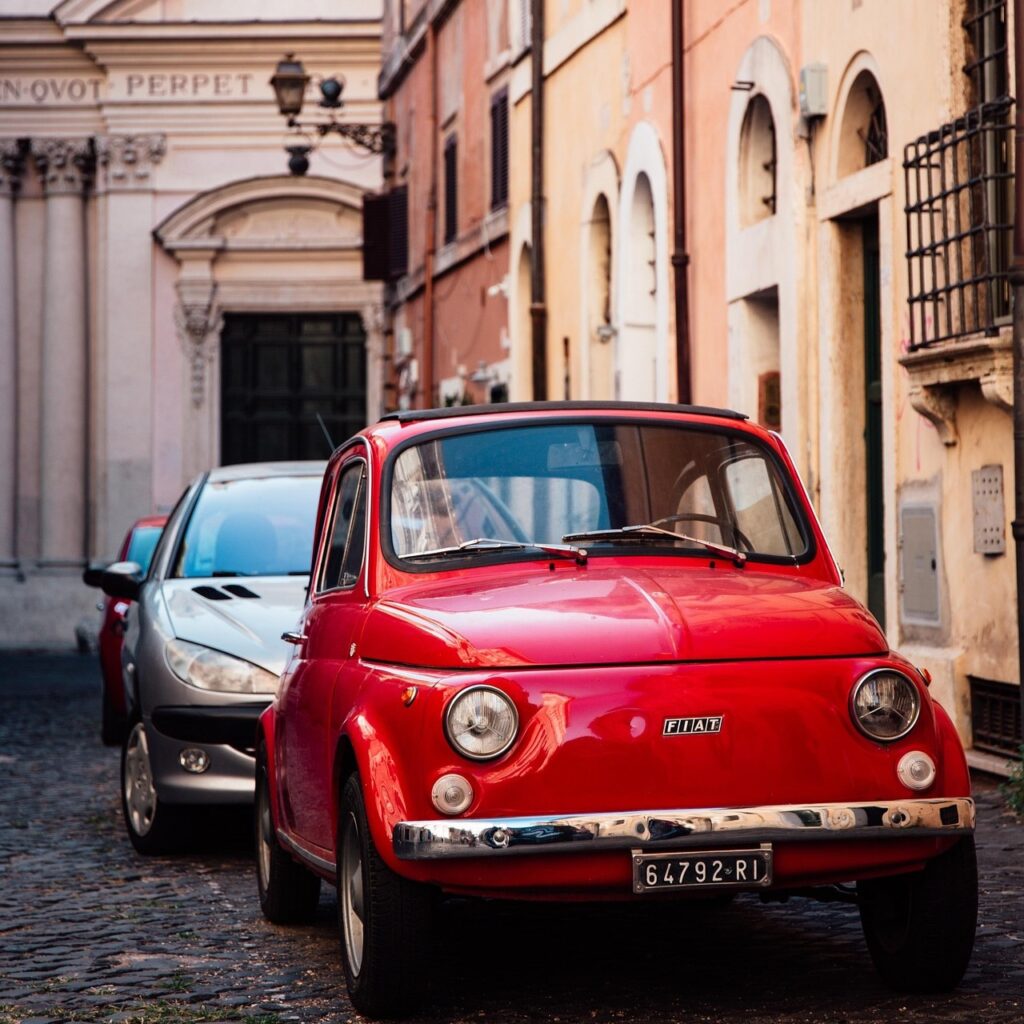
- Book Activities Online in Advance
Many websites say you can buy tickets at the door for cheaper, but that advice is outdated. A few years ago, when Italy wasn’t as touristy, that may have been true. Nowadays, if you don’t book in advance, you’ll end up waiting in line for hours or paying scalpers an outrageous price.
Even worse, there are many fake resellers who won’t sell you valid tickets. So, avoid taking the risk of buying from someone on the street. Always purchase from legal and trusted institutions, or from physical booths in the area. Still, your best option is to book online well in advance — that way, you avoid long lines and overpaying.
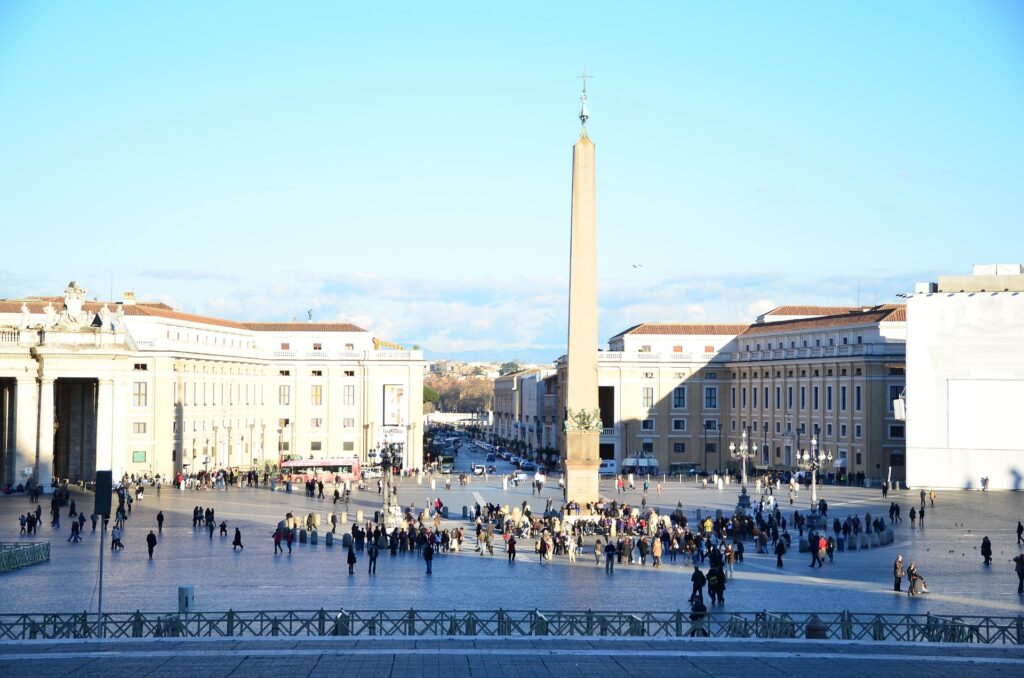
- Traveling by Ferry or Train Has Its Secrets
Trains between faraway cities are cheap — if you’re okay with spending 3 or 4 hours traveling instead of 1. The faster trains can be three times more expensive than the slower ones. Italians know how to do business! You’ll need to factor in your transportation budget if you’re traveling between cities — it won’t always be cheap.
There are also private bus companies that can be more affordable, but they still take time. So, it all depends on what you want to invest: time or money?
During summer, ferries are always full. If you’re visiting southern islands, be sure to book your tickets a few days in advance to avoid missing your ride. Some buses offer similar routes — they might take longer, but they have air conditioning and stop in smaller towns along the way. Not a bad option if you’ve missed your ferry!
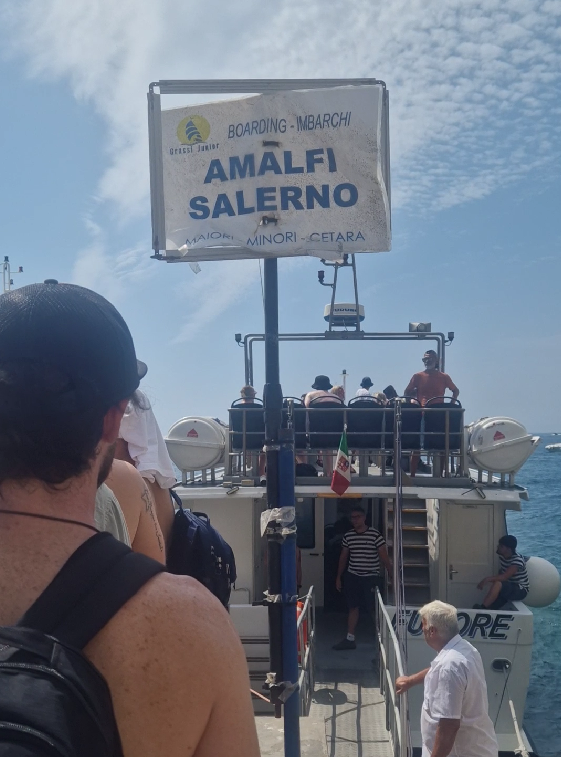
- Where to Buy Food
If you decide to eat out, be aware that depending on the location, a coffee could cost you €10 or just €1 — all depending on where you buy it.
If the restaurant is on a main tourist street, in front of a monument, or in a prime location, prices will be sky-high. But just a few steps away, on a quieter street, you can find the same food at a much cheaper price. That’s why I recommend walking around a bit — you’ll definitely find delicious meals at a better value!
In general, Italy has great food everywhere, so you won’t regret trying new places.

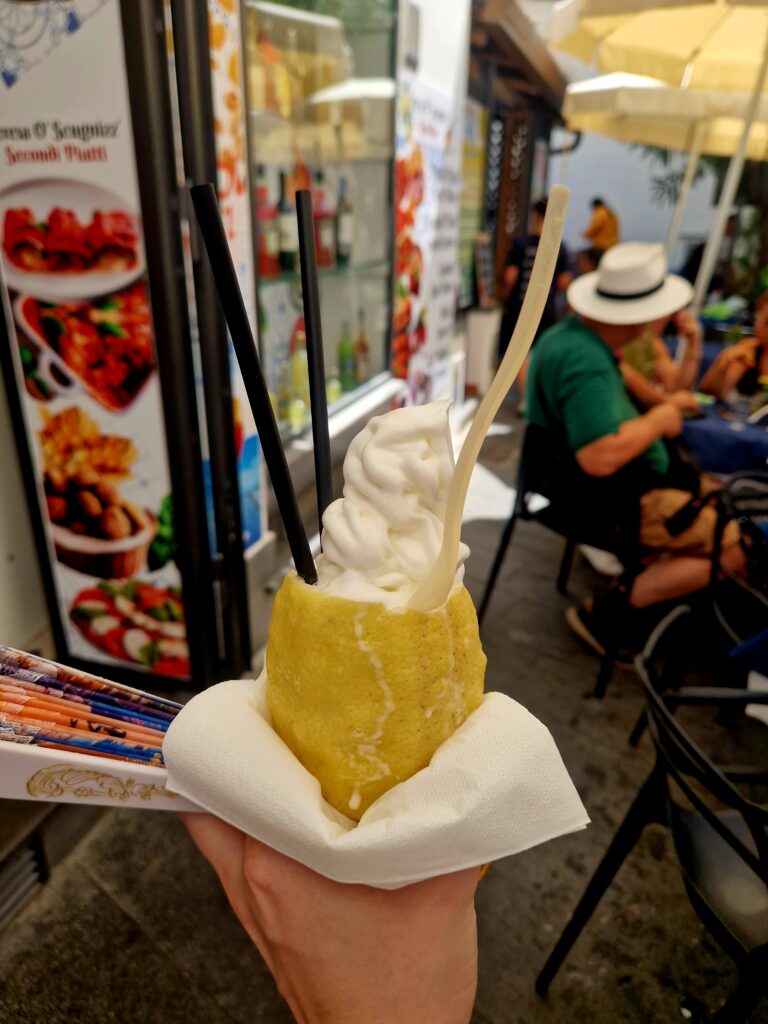

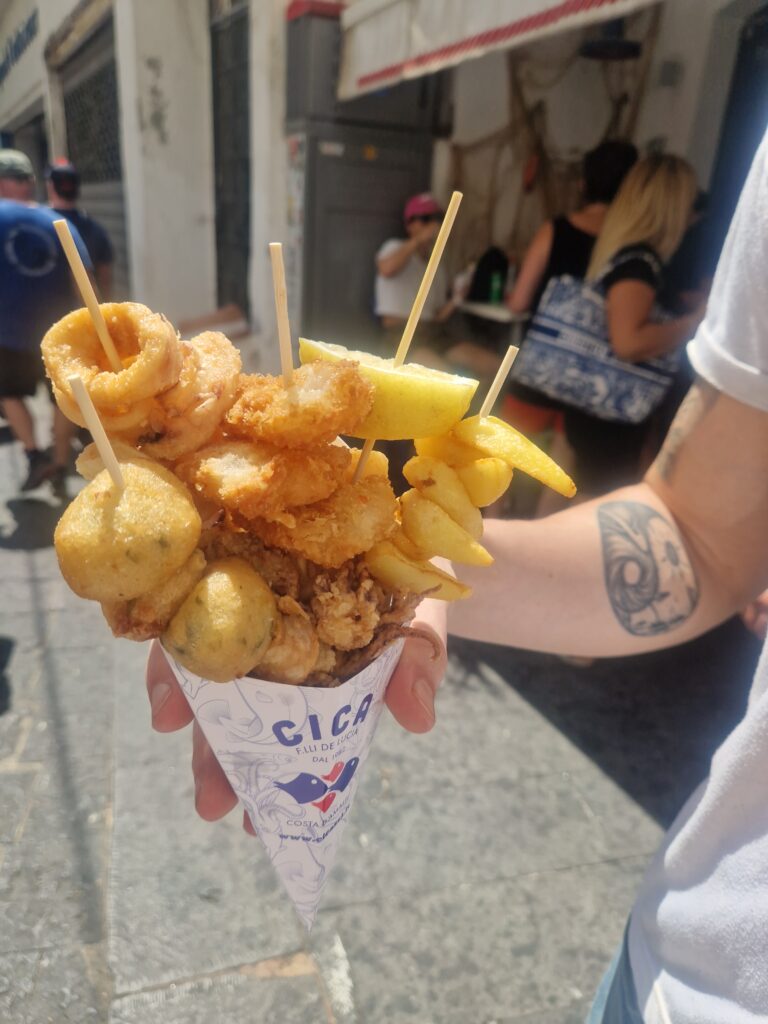
- Naples Is a Strategic City
Naples (Napoli) is one of the least charming cities in Italy — often full of garbage and people sleeping in the streets. It can feel a bit unsafe, but if you’re smart, you could rent an apartment near the train station and use it as a base to visit more charming cities in minutes.
Renting a place in the Amalfi Coast for a week could cost over €1,000, while in Naples it might cost only €200 per person — the price difference is huge. From there, you can easily travel by train to other destinations. Just make sure your accommodation is near the train station and watch your belongings, as the level of safety is lower than in other parts of Italy.
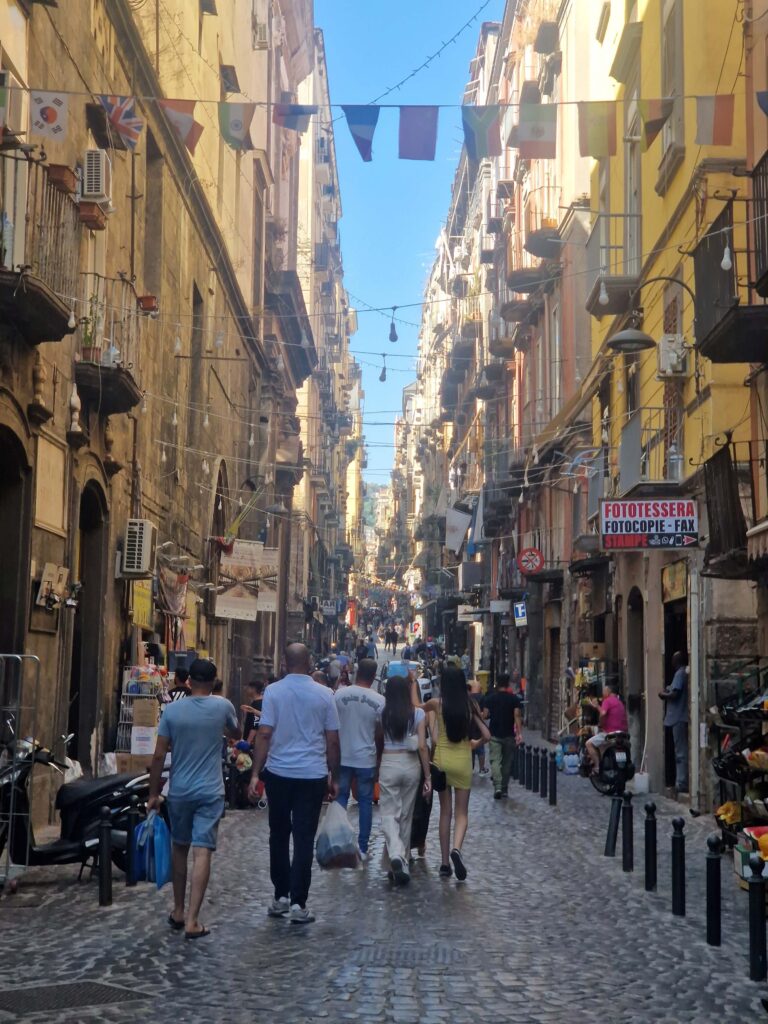

We have many more tips for you depending on which region you’re visiting. If you’re planning a trip to Italy, you can request a travel list from Tripialist.com — we’ll tell you where to go, what to avoid, the best prices, restaurants, activities, and everything you need to know at a great price!
Safe travels!
